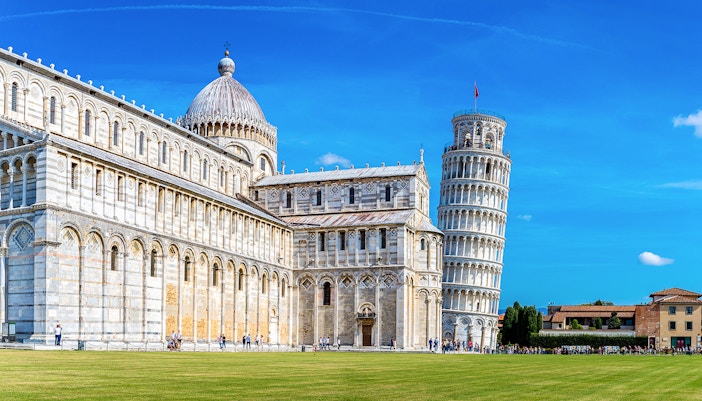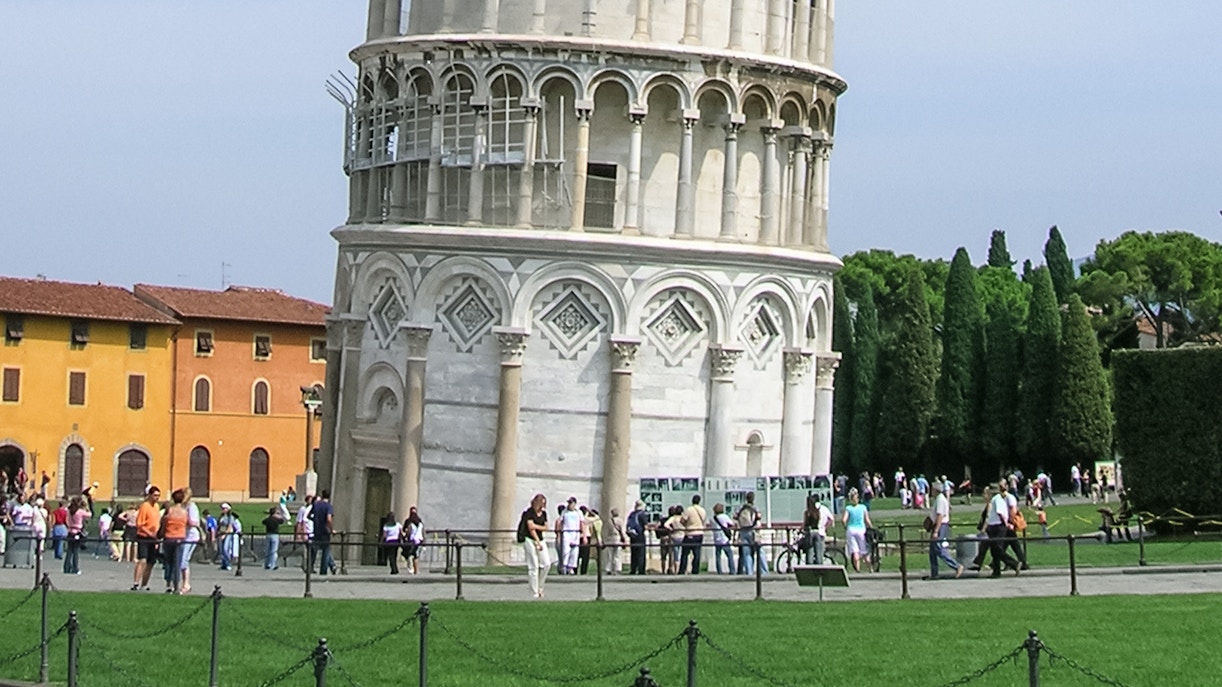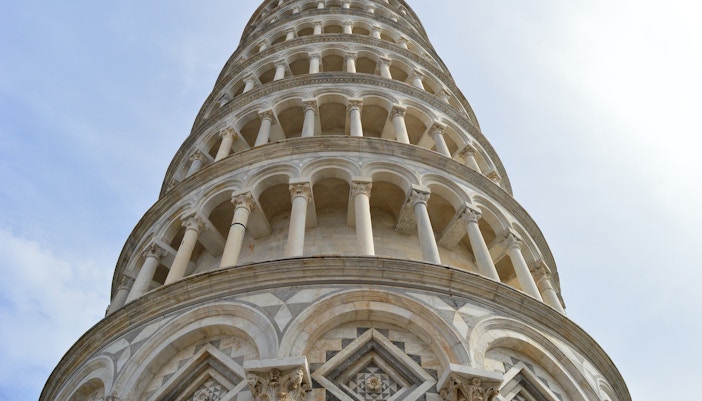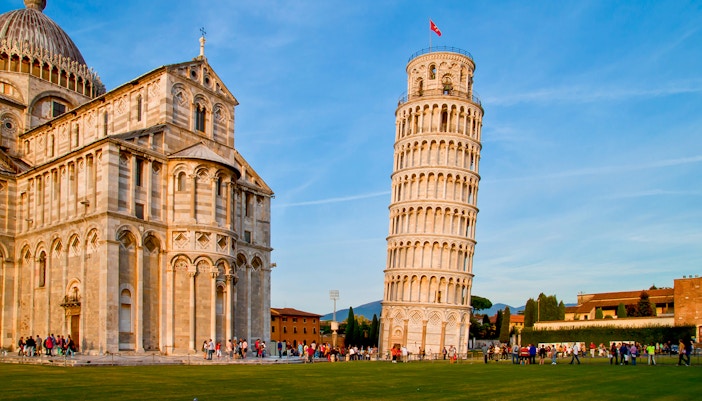Construction began in 1173 but paused when the structure tilted after just three stories. Engineers resumed decades later, building upper levels with one side taller than the other to correct the lean.
Leaning Tower's history explained
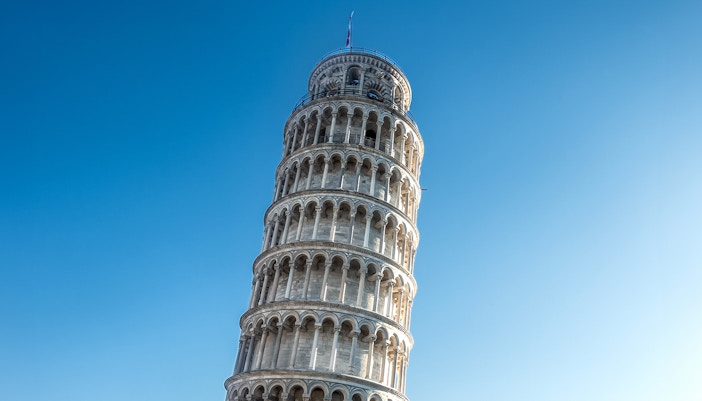
Early construction & first tilt (1173–1278)

Gothic completion & bells (1319–1372)

Neglect and excavation (1400s–1800s)

The war years (WWII)
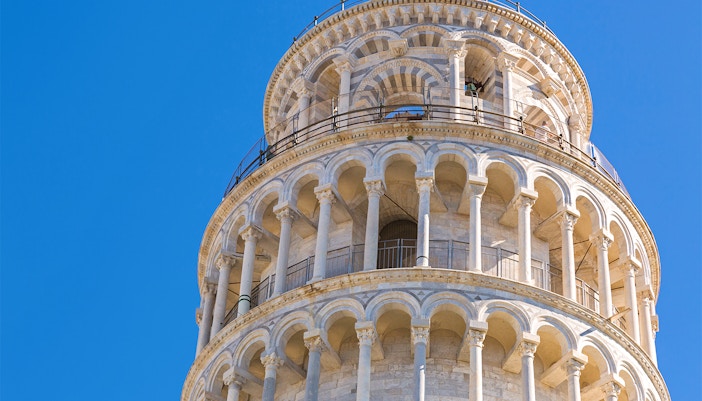
Modern stabilization (1990–2001)
